“Immersion in Silence” Retreat. August 2019.

In this article I would like to share my experience of going on a retreat called “Immersion in Silence”, based on the classical Buddhist practice, Vipassana.
In fact, a Vipassana retreat is an event in which a person takes a few days away from daily routine ( such as work, everyday life or caring for loved ones) to a quiet and secluded place where he or she takes a vow of silence (virtually, verbally (speech) and even through gaze or gestures) and spends all the available time practicing various meditation techniques in order to calm the mind as much as possible.
Since early childhood, our personality is shaped every minute: by the society around us, by our life experiences, and by any information we consume. Depending on what era, time or family we were born into, the nature of our beliefs and values will also depend. Joyful and sad life events will add stereotypes and complexes to this core, while television, internet and fashion trends will create current patterns of behavior. All this often happens along the path of least resistance, i.e. what is easier or more pleasant for us to understand is taken on faith. Therefore, as objective reality may not always be pleasant and understandable, a kaleidoscopic set of illusory images of ourselves, society and the universe as a whole appears in our consciousness.
When beliefs do not coincide with reality, internal conflicts arise that provoke us to new actions that lead to stressful situations (because we have to defend our illusion). Stressful situations create negative emotions that take the internal systems of the body out of their normal working mode. Heart rate increases, blood pressure rises, stress hormones are released and this tension does not let us relax even during rest, because mentally we continue to arrive in the same unpleasant situation that has long passed, literally replicating their suffering. As a result, instead of calming down, analyzing the situation, drawing conclusions and correcting further movement in life, we try this negativity to “snack away”, drink, “listen” by destructive music, “watch” by a movie or “talk” with a girlfriend/friend/colleague. And this circle repeats over and over again until the body starts to malfunction seriously.
In a retreat our consciousness calms down and in this state we can see and understand the reasons for certain thoughts, emotions, behavioral patterns. When we are alone with ourselves, we do not need to imitate anyone or hold the image we have formed for different situations or the expectations of the society around us. We finally understand the nature of our inner self. We realize what WE really need and what is unnecessary, which arose only to maintain the desired image. We learn to look objectively at the manifestation of external events, impartially accepting reality as it really is, without getting involved in internal or external confrontation. As a result, illusions are dispelled, the view becomes clearer, and harmony ensues, both mentally and physically.
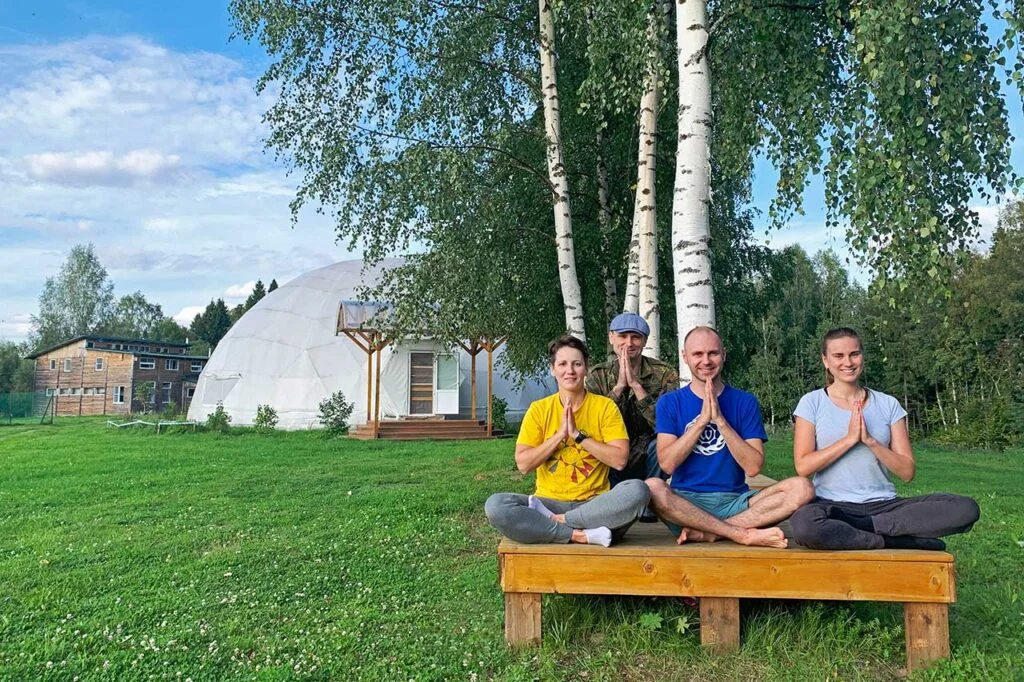
So, exactly for the purpose of discovering ourselves and advancing in meditation practice, we went to the retreat center “Aura”, which is located far away from big cities (170 km from Moscow), in an ecologically clean place, where even mobile Internet is difficult to catch. About 60-70 people of the same desire to immerse in silence gathered here, which significantly increased the strength of our group energy. The classes were conducted by experienced yoga teachers: Ekaterina Androsova, Anastasia Isaeva, Alexander Duvalin, headed by the founder of OUM.ru yoga club – Andrey Verba.
The first meeting announced the daily schedule and regulations of the event. As mentioned above, for ten days participants had to remain silent, addressing questions to the organizers of the event only in writing. Also, it was necessary to turn off the sound and vibration on all available gadgets, and if possible, refuse to use them at all. Even the food prepared was supposed to help calm the mind: vegan/vegetarian diet (fried food and sugar were excluded), without salt, pepper or other spices (spicy and fried food speeds up the mind). The use of perfume or any aromatic oils was not recommended, as it also distracts both yourself and others. By the way, it is also undesirable to wash yourself, because it is believed that this way you wash off a part of the accumulated energy of calmness (in general, in everyday life we also feel it, because when unpleasant situations happen to us, the first thing we do is to go to the shower, in order to literally “wash away this negativity” and we really feel better). The group was accommodated in rooms of 2 or 4 people.
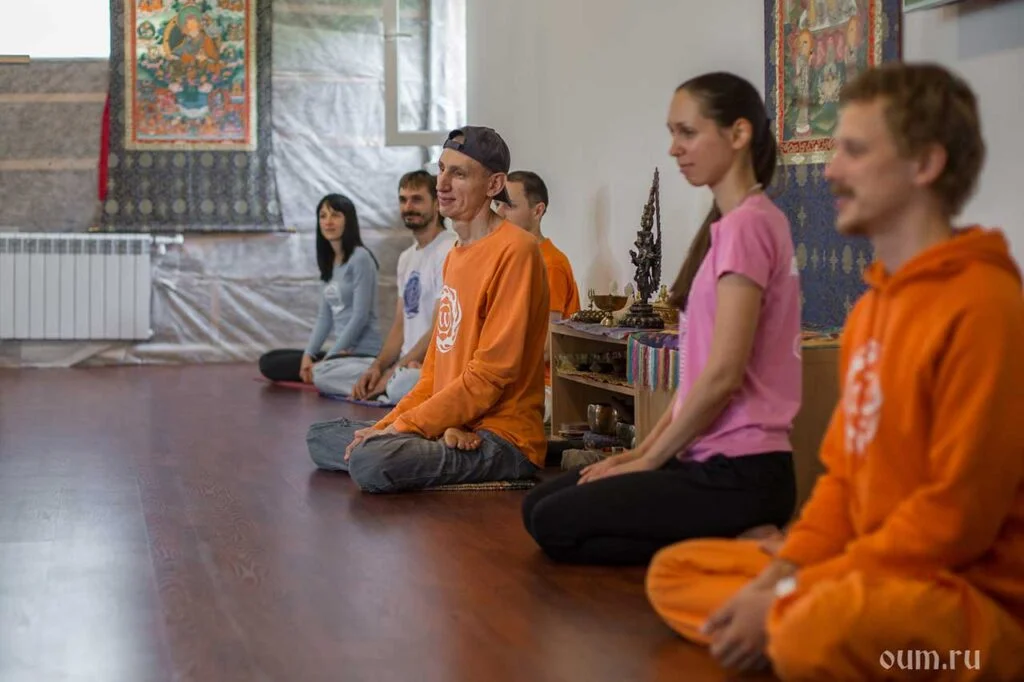
According to the schedule, our retreat day was to start at 5:30 am (for those who had a hard time, we could get up an hour later, shortening the first meditation practice) and end at 22:00. The whole day was scheduled literally by hours:
| 05:30 — 06:00 — Rising. Morning routine | 15:00 — 16:00 — Meditation with visualization |
| 06:00 — 08:00 — Meditation with visualization | 16:00 — 17:00 — Reading or leisure time |
| 08:15 — 09:45 — Hatha yoga | 17:00 — 18:00 — Dinner |
| 10:00 — 11:00 — Breakfast | 18:00 — 19:00 — A walk after a meal |
| 11:00 — 12:00 — A walk after a meal | 19:00 — 20:00 — Meditating on the OM mantra |
| 12:00 — 14:00 — Concentration on breathing practice | 20:00 — 22:00 — Evening procedures |
| 14:00 — 15:00 — Pranayama | 22:00 — 05:00 — Shavasana (rest) |
As you can see from the schedule, the main practices of the retreat are meditation with visualization and breath concentration. While practicing breath concentration (Apanasati or Anapanasati), you should [if possible] sit with your legs crossed and your straight back, fully observing your inhalations and exhalations. It seems easy enough at first glance – “just sit and breathe”, what could be so difficult? However, this is only at first glance, because sitting motionless for two hours in a meditative position for an untrained person is physically very difficult – the legs get stiff and the back literally jams. Many participants during all ten days of the retreat actually had to observe only their pain in the body, but not breathing (which is better than just “hanging in the clouds”). That’s why such a popular in the Western world trend as Hatha yoga was so developed in yoga, the task of which is to prepare a weak and stiffened body for long static meditative positions to perform internal practices – the essence of yoga.
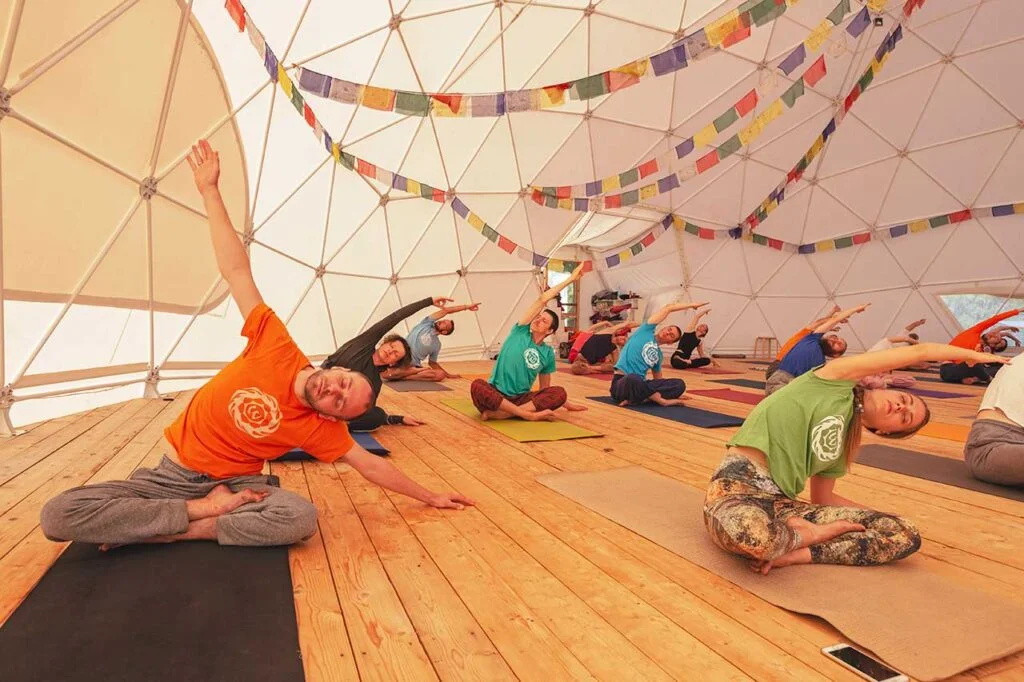
But overcoming physical limitations is perhaps not the most difficult task. It is much more difficult to cope with your uncontrolled mind. Indeed, it seems to us that we are the masters of the house, and the mind obeys our commands. In reality, it’s quite the opposite. As soon as we try to “ask” it to direct its attention to the object we have chosen, we realize only then that we have no control over it. The mind lives its own life, and we live ours (here the philosophical question arises – who am I? If not the body and not the mind, then who?). At this point you really realize how much information garbage is stored in our subconscious mind. Everything that we have been immersing in ourselves throughout our lives now comes to the surface, blocking any attempts to catch the tail of what is really important to us now (the object of concentration, that is). In addition to scraps of undigested music, movies or commercials, all of our obvious and hidden passions come out and tear us apart: gustatory (food, drinks), emotional (tendency to aggression, irritation, anxiety, longing for loved ones) or behavioral (desire for communication, favorite hobbies, habits). During the retreat they receive additional energy and become extremely aggravated. You have to exert a lot of willpower to overcome yourself and take control of these “inner demons”.
However, having learned to develop needle concentration, we direct the full force of our mental energy to the object of interest, which allows us to penetrate into the very essence of the phenomenon we are comprehending, no matter whether it is a current topic, a new project, or a complex situation. Also, the developed ability to unidirectional thinking allows us to work more effectively with the practice of visualization (the second main practice of the retreat). During this technique, the practitioner creates in his or her mind an image that the teacher proposes in order to have an experience in a subtle [non-material] reality. Such practices are sacred (closed for public use) tools of yoga, which radically change the inner world of the adept.
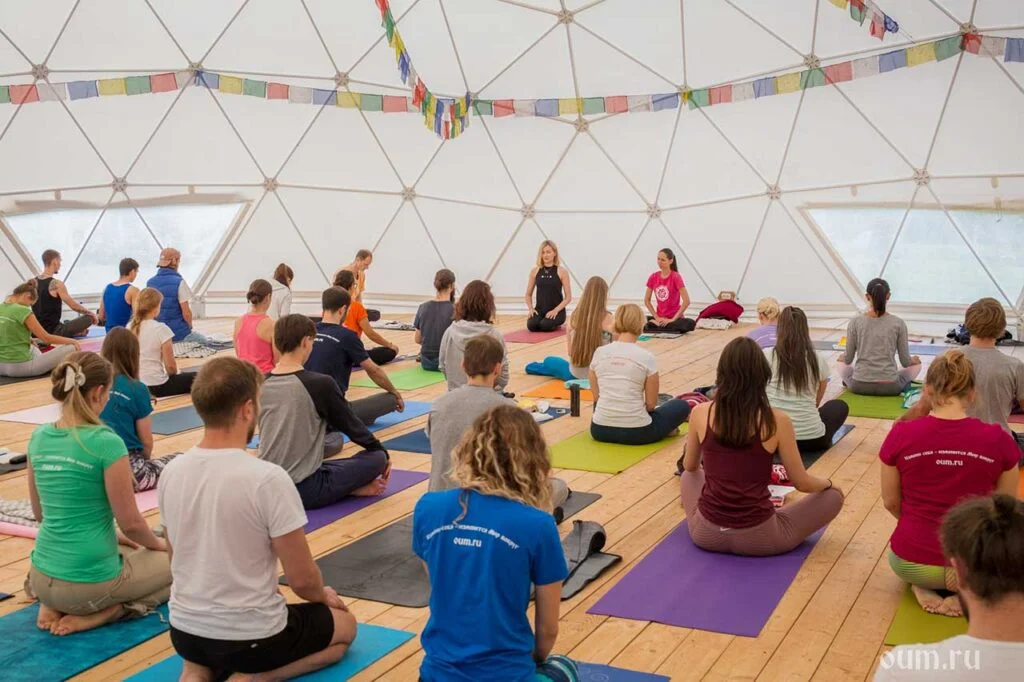
In addition to static meditations, during the retreat there is also a dynamic meditation called the practice of mindful walking. Mindful walking is not just a walk in the forest after a meal, but the same technique of concentration, the object of which this time is the movement of our own body. So in this case, our task includes a detailed comprehension of every movement we make while walking. This type of meditation is especially relevant for those who find it difficult to sit in one place for a long time, both because of a clamped body and a clamped mind. In addition to mental benefits, the practice of mindful walking in retreat has an important physiological value, because after a long static sitting position it helps the heart to pump stagnant blood from the lower part of the body upwards (through the dynamic work of the calves).
In spite of the fact that ten days in such a mode and envisaged loads may seem to many people (and is) a serious asceticism, I can safely recommend this event to all those interested in yoga and other systems of self-development without exception. You will return home a completely different person – more calm, peaceful and full of energy. All the above-mentioned effects will be manifested to a greater or lesser degree, and deep inner revelations will accompany you even for a time after the retreat is over. For true yoga adepts, Vipassana will help them to reach new horizons in their personal meditation practice, which you would normally strive for several years.
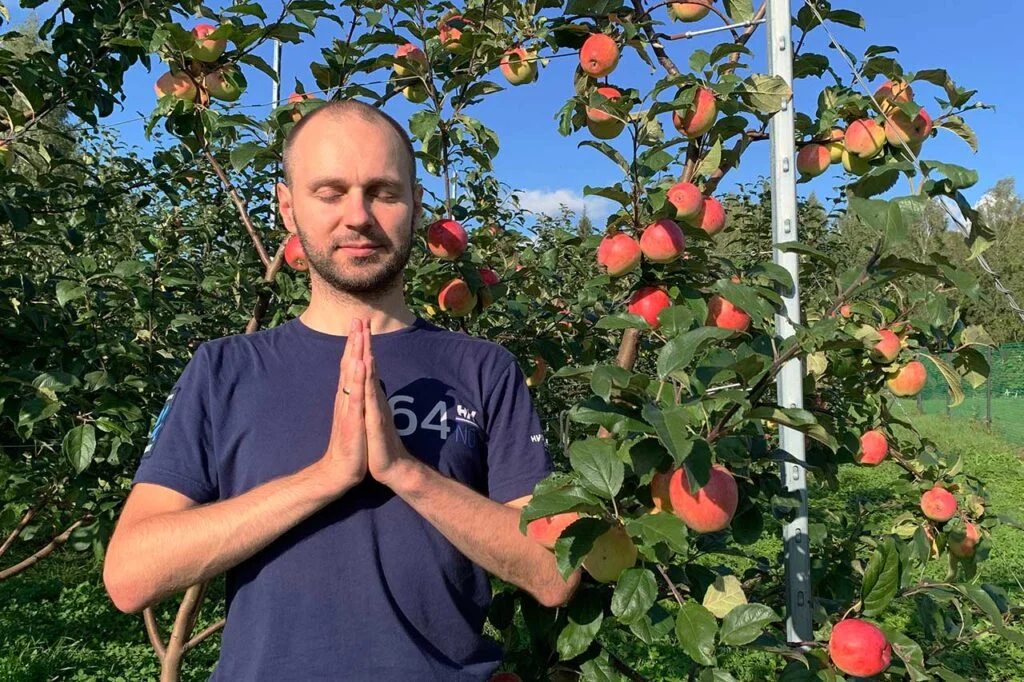
For those who decide to go, I recommend that you start preparing for this event well in advance. We started the preparatory process six months in advance. During all this time, the guys faithfully attended group yoga classes, where we prepared the body for long meditative practices – loosened the hip joints and strengthened the back. Also, once a week we collectively practiced the technique of concentration on breathing, gradually increasing the load, and eventually, having mastered the basic rules, we switched to individual classes at home. Thanks to this, the retreat, in my opinion, went more smoothly, painlessly and fruitfully for us than it could have been.


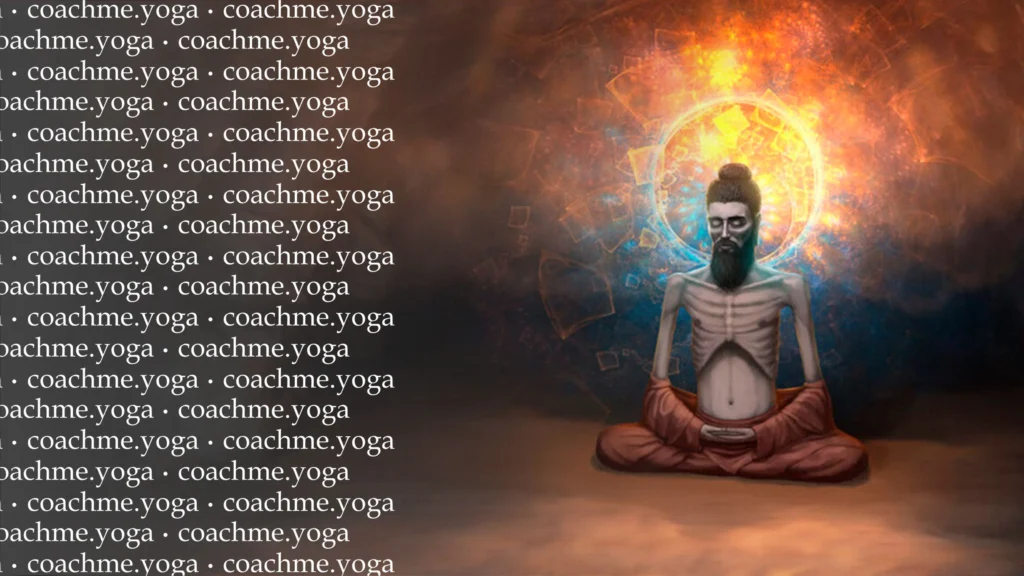
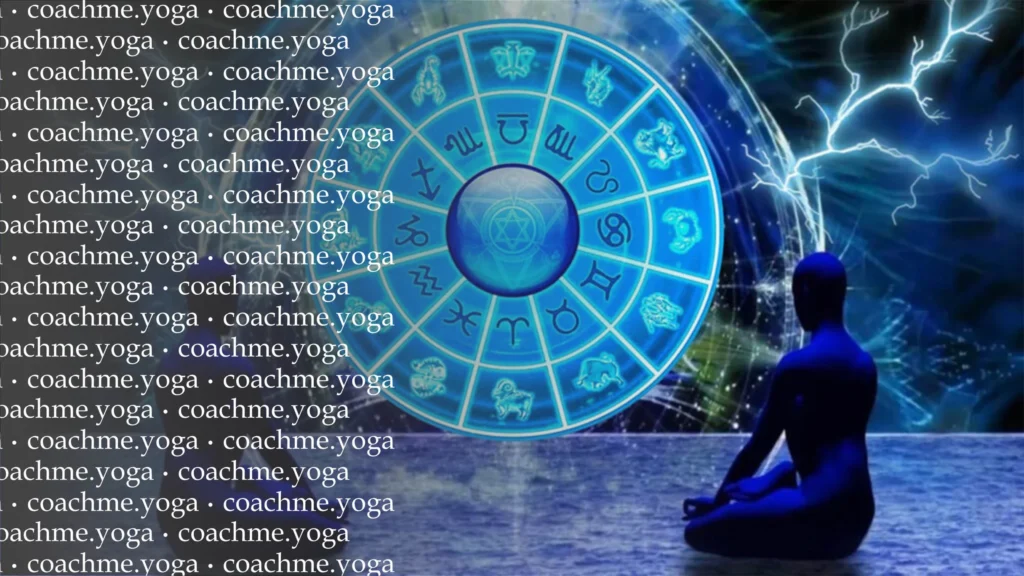
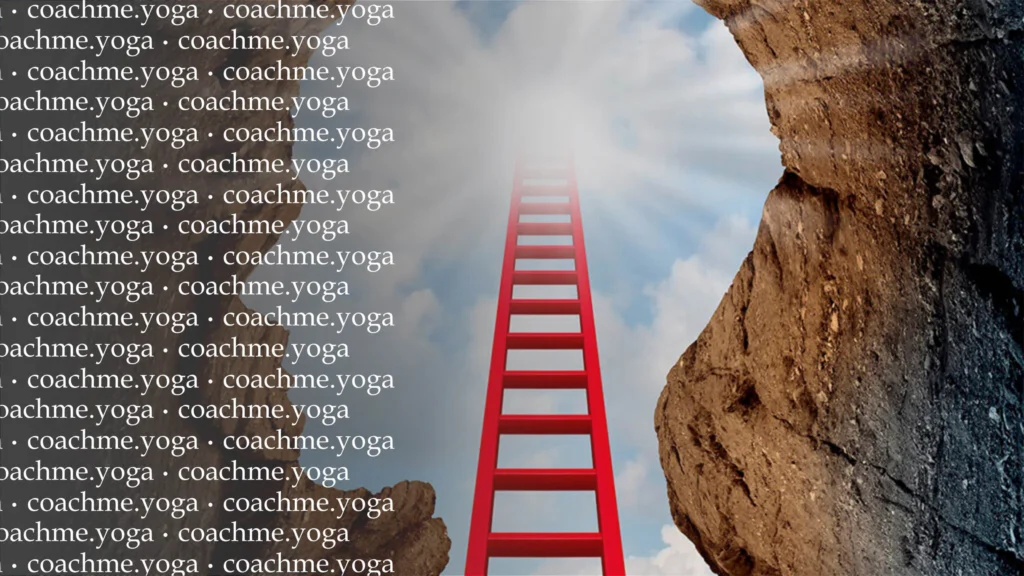
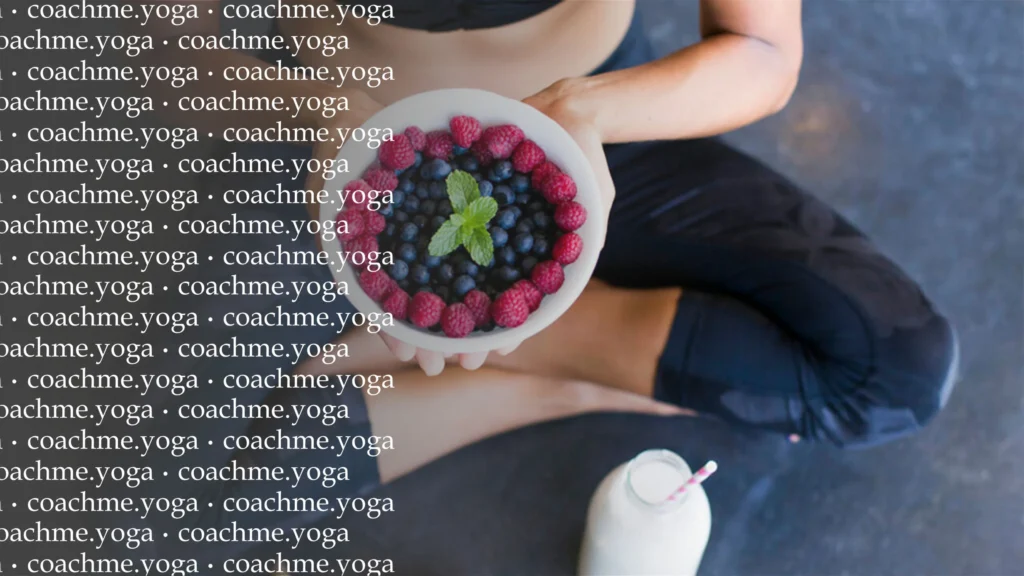
Responses